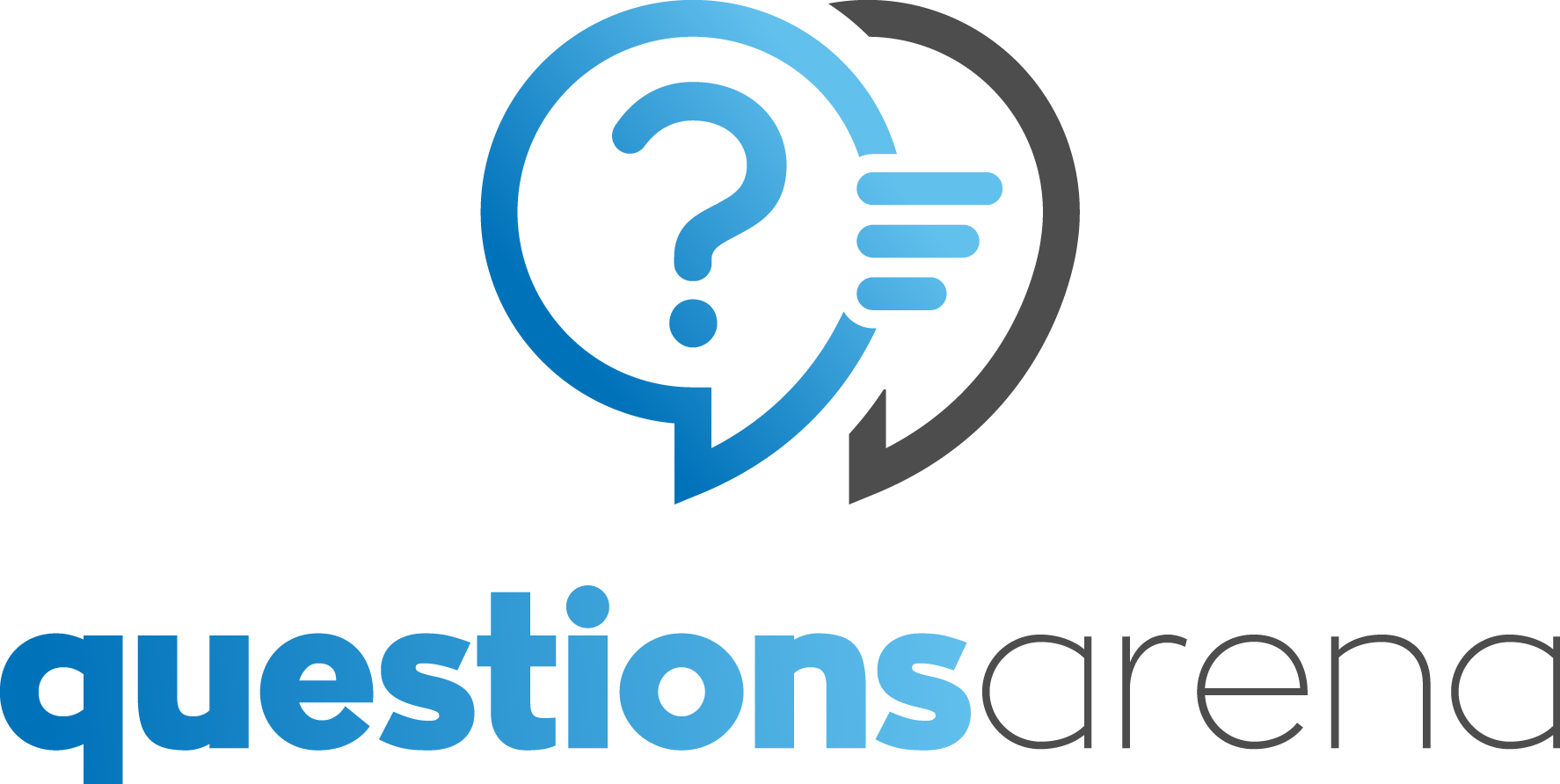In the world of digital content creation, the age-old debate between spaces and tabs continues to perplex writers and programmers alike. How many spaces equal a tab? This question has sparked heated discussions, with opinions varying widely across different coding communities. In this article, we delve into this puzzling issue to uncover the truth behind the elusive tab-spacing mystery.
How many spaces are in a tab?
Determining the exact number of spaces a tab represents can be a bit tricky. As mentioned earlier, the default tab stop width is usually set to eight spaces. However, this can be customized in some text editors, allowing programmers to adjust the tab spacing according to their preferences.
In most programming languages, a tab is considered equivalent to one indentation level. The actual number of spaces that make up a tab can vary depending on the programming language and the individual’s preferred tab width settings in their text editor.
Understanding tabs and spaces in computer programming
To understand the concept of tabs and spaces, it’s essential to grasp their significance in computer programming. In programming, indentation is used to visually structure code, making it more readable and easier to understand. Tabs and spaces play a crucial role in achieving this indentation.
The difference between tabs and spaces
Tabs and spaces may appear similar in a text editor, but they function differently. A tab is a single character that moves the cursor to the next tab stop, which is typically set to eight spaces. On the other hand, spaces are individual characters that advance the cursor by a specified number of spaces.
While both tabs and spaces can be used for indentation, the choice between them depends on personal preference and coding conventions. Some programmers prefer tabs because they allow for more flexible indentation widths, while others opt for spaces because they provide consistent alignment across different text editors and programming languages.
Tab and space usage in different programming languages
Different programming languages have their own conventions for tab and space usage. Let’s take a look at some popular programming languages and how they handle indentation.
Python
In Python, indentation is a fundamental part of the language’s syntax. Python enforces the use of spaces for indentation, typically four spaces per level. This strict adherence to spaces ensures consistent code formatting and eliminates potential errors caused by mixed tabs and spaces.
JavaScript
JavaScript, on the other hand, allows both tabs and spaces for indentation. However, it’s generally recommended to use spaces, with two or four spaces per level being the most common conventions. This promotes code readability and avoids any conflicts that may arise from mixed tab and space usage.
C/C++
C and C++ also provide flexibility in choosing tabs or spaces for indentation. However, the widely followed convention in these languages is to use tabs for indentation. This convention allows programmers to adjust their preferred indentation width without affecting the overall code structure.
Why the number of spaces in a tab matters
The number of spaces in a tab may seem like a trivial detail, but it can have a significant impact on code readability and consistency. When working collaboratively on a project, maintaining consistent indentation styles becomes crucial for code comprehension and maintainability.
Inconsistent tab spacing can lead to confusion and errors. For example, if one developer uses two spaces per tab while another uses four, it can result in misaligned code and make it harder to spot logical errors or understand the code’s structure at a glance.
Best practices for using tabs and spaces in programming
To ensure clean and consistent code formatting, it’s important to follow best practices when using tabs and spaces in programming. Here are some guidelines to consider:
- Be consistent: Choose either tabs or spaces for indentation and stick with it throughout your codebase. Consistency is key to readability and maintainability.
- Follow language conventions: Familiarize yourself with the preferred tab and space usage in the programming language you’re working with. Adhering to the established conventions helps create code that is more familiar to other developers.
- Configure your text editor: Set your text editor’s tab width to match your preferred indentation style. This ensures that your code is displayed consistently, regardless of where it is viewed.
- Use linting tools: Utilize linting tools or integrated development environments (IDEs) that can automatically detect and correct indentation errors. These tools can help maintain consistent formatting and catch potential issues early on.
Common tab and space conventions in different programming communities
While there is no one-size-fits-all solution for tab and space usage, certain programming communities have established conventions that are widely followed. Here are a few examples:
- Ruby: Ruby developers conventionally use two spaces for indentation.
- Java: The Java community often follows the convention of four spaces for indentation.
- PHP: PHP developers typically use a tab width of four spaces for indentation.
It’s important to note that these conventions may vary within different organizations or projects, so it’s always good practice to consult the relevant style guides or coding standards before starting a new project.
Tools for managing tabs and spaces in code editors
To simplify the process of managing tabs and spaces, numerous code editors provide features and plugins that assist in maintaining consistent indentation. Here are a few popular ones:
- EditorConfig: EditorConfig is a file format and collection of plugins that allows developers to define and maintain consistent coding styles across different editors and IDEs.
- Prettier: Prettier is a widely used code formatter that can automatically format code according to predefined rules, including indentation styles.
- ESLint: ESLint is a popular linting tool for JavaScript that can detect and correct indentation errors, ensuring consistent code formatting.
These tools can help streamline the code formatting process and ensure that your code follows the desired indentation style.
The debate on tabs vs. spaces
The debate between tabs and spaces has been ongoing for years, with passionate arguments on both sides. Some developers argue that tabs offer more flexibility and allow individuals to customize their preferred indentation width. Others believe that spaces provide consistent alignment across different platforms and prevent any issues that may arise due to mixed tab and space usage.
Ultimately, the choice between tabs and spaces comes down to personal preference and the conventions followed within a particular programming community or project. The most important aspect is to maintain consistency within your codebase and ensure that it is easily readable and understandable by other developers.
Conclusion
In conclusion, the number of spaces in a tab is not a fixed value and can vary depending on individual preferences and programming languages. Understanding the differences between tabs and spaces and following best practices for their usage is crucial for maintaining clean and readable code.
By adhering to established conventions and utilizing tools for managing tabs and spaces, you can ensure that your code remains consistent and error-free. Remember, the goal is not to engage in endless debates over tabs vs. spaces but rather to write code that is easily comprehensible and maintainable by yourself and your fellow developers.
So, the next time you encounter the question of how many spaces is a tab, remember that there is no definitive answer. Instead, focus on using tabs and spaces effectively to improve code readability and make your programming journey more enjoyable. Happy coding!

